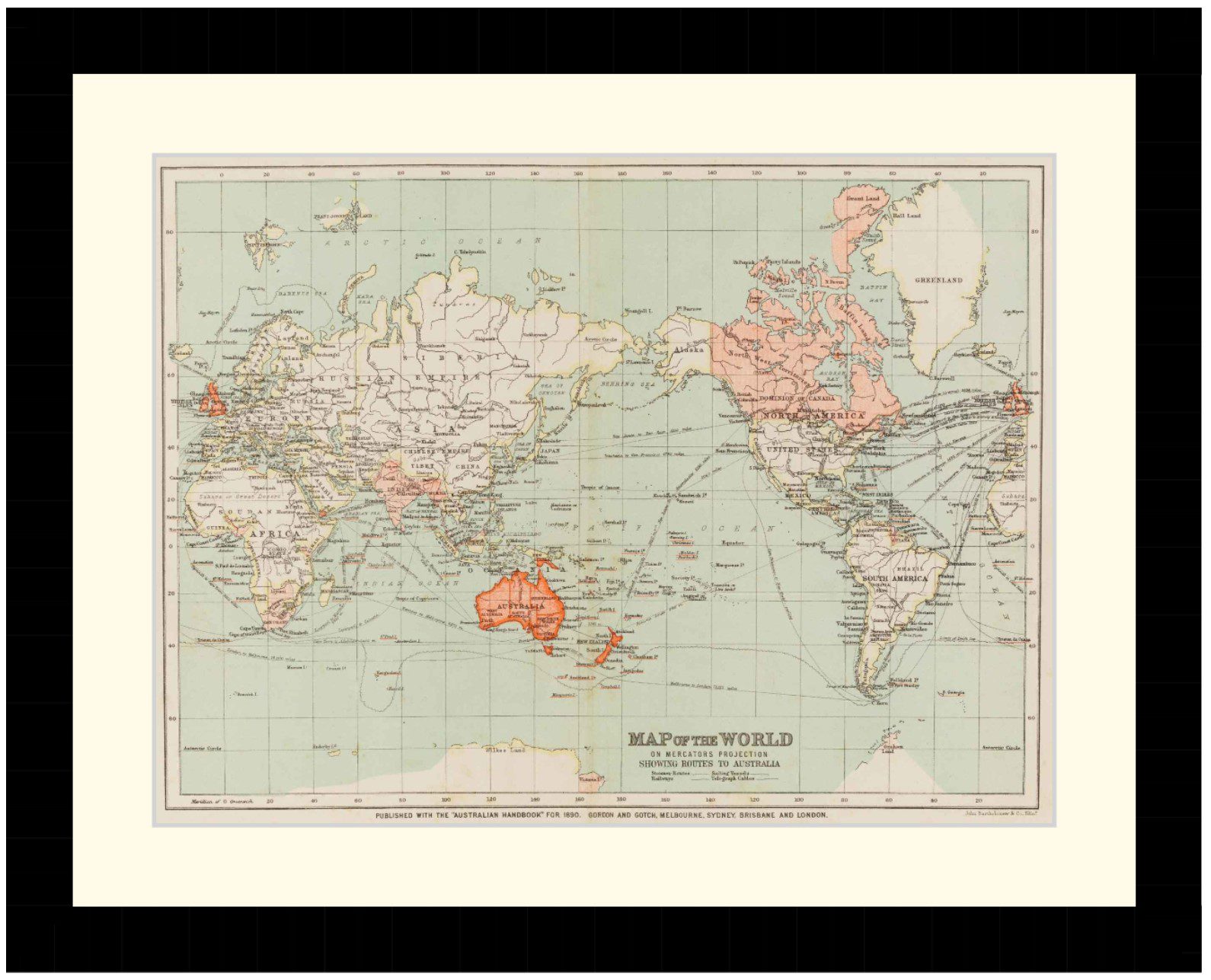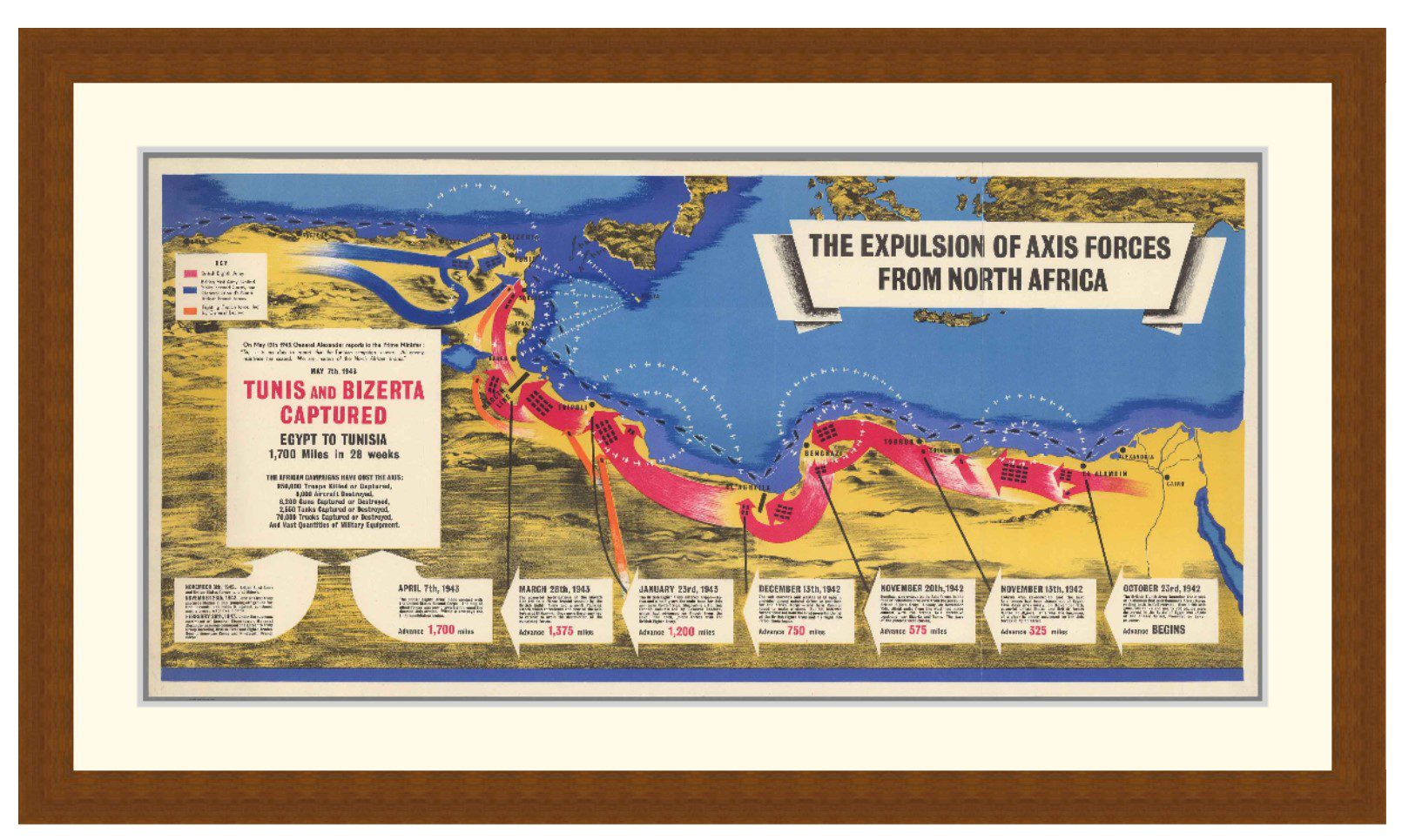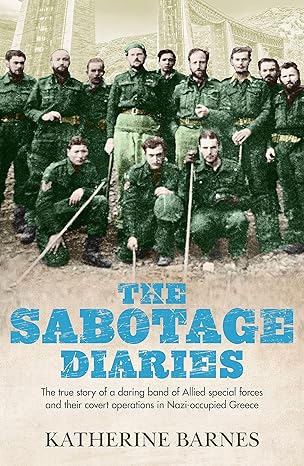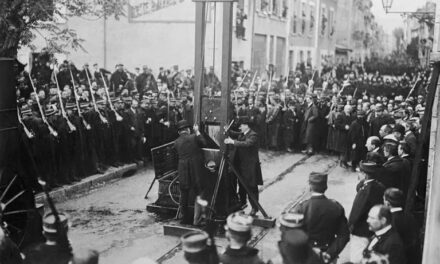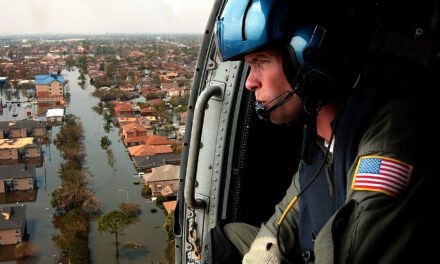History Guild General History Quiz 169
See how your history knowledge stacks up!
Want to know more about any of the questions? Scroll down to learn more!
Have an idea for a question? Suggest it here and we’ll include it in a future quiz!
The stories behind the questions
1. Which European power controlled the Manila Galleon trade across the Pacific ocean in the 1600s?
Spain – Trade with Ming China via Manila was a major source of revenue for the Spanish Empire. The cargoes arrived in Acapulco and were transported by land across Mexico, then they were loaded onto the Spanish treasure fleet bound for Spain. Below is a framed print of what was known of the Pacific ocean in this era.
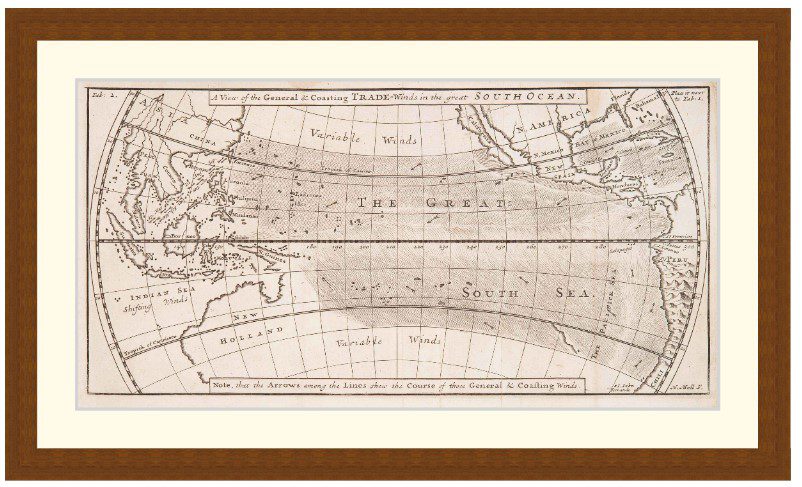
Map of the Pacific, 1697 – Framed Print
2. When did the Roman empire lose control of Britain?
409 CE – After more than 350 years since the Roman conquest of 43AD, the island slipped from the control of the Roman Empire.
3. When was construction of the leaning tower of Pisa started?
1173 – Construction was completed in 1372, with the delay allowing the underlying soil to settle sufficiently to support it.
4. Which Australian Prime Minister said “Look, I’m going to shirt-front Mr. Putin … You bet I am. I am going to be saying to Mr. Putin, ‘Australians were murdered. They were murdered by Russian-backed rebels using Russian-supplied equipment. We are very unhappy about this.”?
Tony Abbott – This was in response to Russian backed separatists shooting down flight MH17. “Shirtfront” was chosen by the Australian National Dictionary Centre as the word of the year in 2014 following Mr Abbott’s use of the term.
5. In 1851 who made the famous “Ain’t I a Woman?” speech?
Sojourner Truth – American abolitionist and activist for African-American civil rights, Sojourner Truth delivered the speech at the Women’s Convention in Akron, Ohio, in 1851. It was popularised when it was republished by Frances Gage in 1863.
6. Which city was the centre of the Inca empire?
Cusco – The Inca Empire was the largest empire in pre-Columbian America, emerging in the 13th century and lasting until it was conquered by the Spanish in 1572. The administrative, political, and military centre of the empire was located in Cusco (also spelled Cuzco) in modern-day Peru.
7. What type of religion did the ancient Egyptians practice?
Polytheistic – The religion of Ancient Egypt lasted for more than 3,000 years, and was polytheistic, meaning there were a multitude of deities, who were believed to reside within and control the forces of nature.
8. In 1911 Italy invaded Libya. Which country did they seize it from?
Ottoman empire – The invasion took place from September to November 1911, ending with the Ottomans agreeing to an armistice that saw the Italians create the colony of Italian Libya. This conflict saw the first military use of heavier than air aircraft, with nine Italian aircraft carrying out reconnaissance and aerial bombing.
9. When was the first passenger railway in London completed?
1838 – The London and Greenwich Railway (L&GR) was opened in London between in 1838. It was the first steam railway in the capital and the first to be built specifically for passengers. Below is a framed print of London at this time.
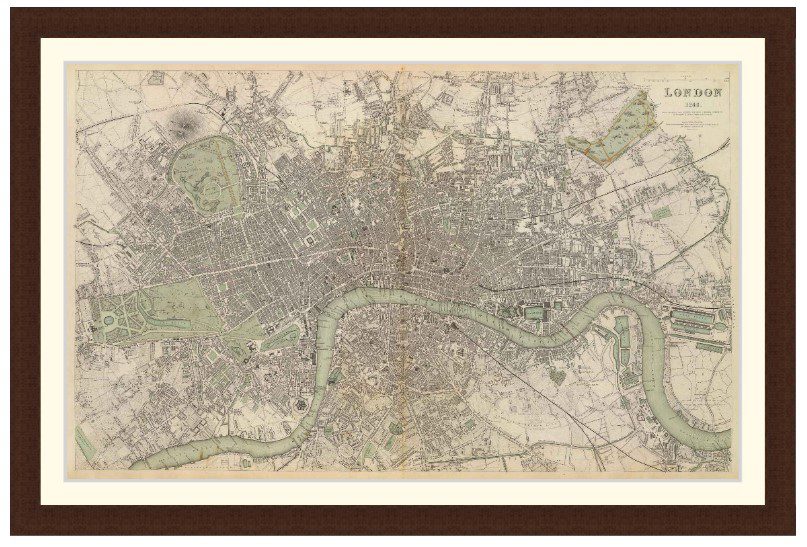
Map of London, 1843 – Framed Print
10. Where did coffee originate?
Ethiopia – Coffee was first cultivated in Ethiopia. In the 15th century it was exported to monasteries in Yemen, from there it quickly became popular in Arabia. This is how the varietal coffea arabica gained its name. Coffee first reached Europe in the 1500s through Mediterranean trade networks.
During the 1700s coffee plants were shipped to Latin America, where plantations flourished. Brazil became the largest producer of coffee in the world by 1852 and it has held that status ever since.


